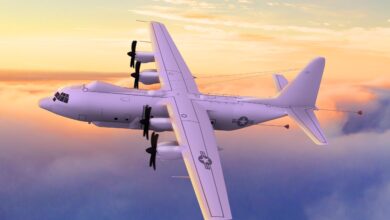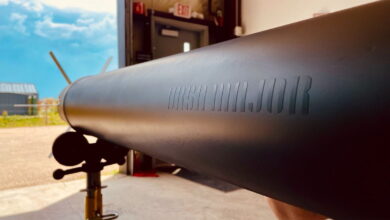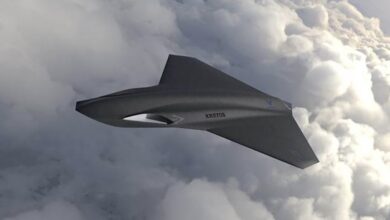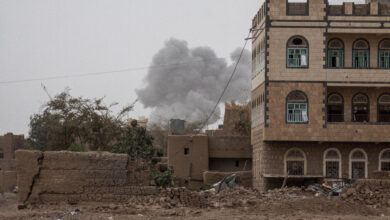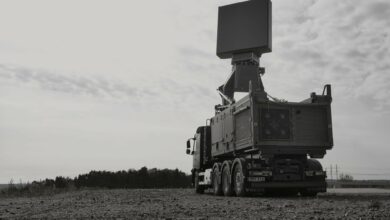Raytheon Bags $1 Billion F-22 Sensor Enhancement Contract
The US Air Force has awarded RTX a $1-billion contract to enhance F-22’s sensors.
It includes new sensors, spares, and support equipment, with work expected to be completed by May 8, 2029.
Some of the classified sensors were recently tested on the fifth-generation aircraft, program executive officer for fighters and advanced aircraft Brig. Gen. Jason D. Voorheis told reporters in July.
He added that the service plans a “rapid prototyping effort to get them on the jet.”
Infrared Search-and-Track
One of the sensors the aircraft was reportedly spotted with last year is an advanced infrared search-and-track (IRST) system, Air and Space Magazine revealed, citing air force officials.
An IRST system detects a low-observable aircraft through its infrared radiation.
According to Air and Space Magazine, the IRST is part of the aircraft’s $7.8 billion modernization effort — $3.1 billion for research and development and $4.7 billion in purchases before 2030.
Quashes Early Retirement Plans
The latest award further solidifies the aircraft’s future beyond this decade, a shift from the service’s earlier assessment to phase out the F-22 fleet within a decade amid the rising “Chinese stealth threat.”
It might also make the service reconsider its earlier plan to retire 32 older Block 20 F-22s out of the total fleet of 186 in a few years.
“What I can tell you is that we are hyper-focused on modernization to sustain that air superiority combat capability for a highly contested environment for as long as necessary,” Air and Space Magazine quoted Voorheis as saying.
The air superiority aircraft first entered service in 1997, featuring a combination of stealth, supercruise, maneuverability, and integrated avionics.
Rethink Over NGAD Program Roadmap
It comes amid the service reexamining its approach to the Next Generation Air Dominance (NGAD) program, the intended replacement for the F-22.
The NGAD includes a sixth-generation crewed aircraft controlling up to six unmanned Collaborative Combat Aircraft (CCA).
One of the points over which the program is being reevaluated is the NGAD manned platform’s massive cost, estimated to run into “multiple hundreds of millions” of dollars per unit.
Secondly, the manned aircraft might be technologically overtaken by the CCA over the next 10 to 15 years, necessitating a reconciliation between the two.



